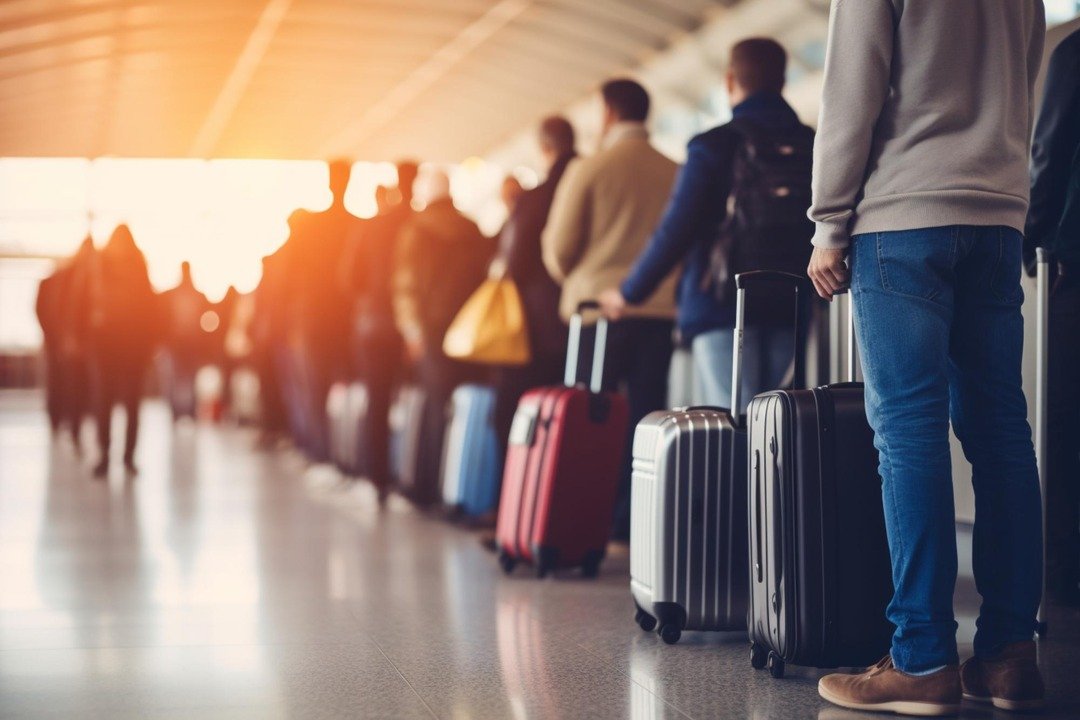Sweden is set to experience a net outflow of people in 2024, a phenomenon not seen in over 50 years. Departures are expected to surpass arrivals, a shift attributed to the Swedish government's stricter immigration policies. According to the Swedish Migration Agency, the country is on track to record its lowest number of asylum seekers since 1997.
Preliminary data reveals a 15 percent drop in immigration early in 2024, while emigration has surged by 60 percent from January to May. Asylum applications have reached historically low levels, and asylum-related residence permits continue to decline. For the first time in decades, Sweden has seen more emigrants than immigrants, with a net outflow of 5,700 people during this period.
This shift is significant given Sweden’s history of welcoming migrants from conflict zones in the former Yugoslavia, the Middle East, and Africa since the 1990s. The increase in emigration has been notably high among individuals from Iraq, Somalia, and Syria, marking a reversal of previous trends where net immigration from these regions was positive.
Swedish Migration Minister Maria Malmer Stenergard has highlighted the shift towards what she calls “sustainable immigration” as crucial for improving integration and reducing exclusion. The government’s aim is to create a more effective and controlled immigration system.
In July 2024, Sweden implemented new, stricter migration policies, including tighter regulations for family reunification. A special investigator has been appointed to review these rules, aiming to establish a more restrictive framework for family-based immigration.
During the first half of 2024, Sweden issued 47,711 residence permits, a 5 percent increase from the same period in 2023. Most permits were granted for employment, family reunification, studies, and asylum, with employment being the most common reason. Additionally, 14,615 work permits were granted to foreigners during this time.

